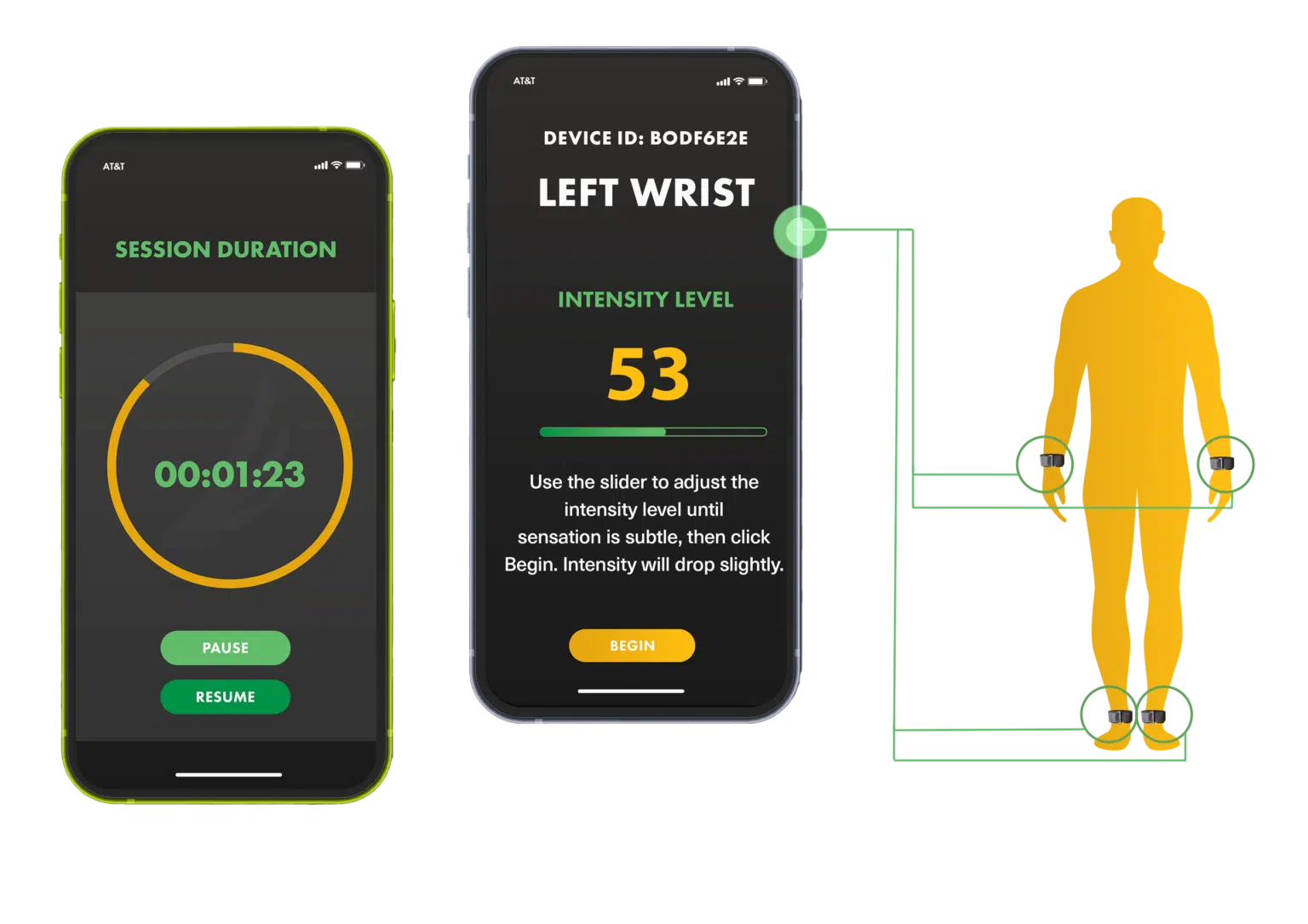Devices for neurological conditions help by providing electrical stimulation to the affected area of the brain. This can help to improve symptoms such as movement, sensation, and communication. Some of the earliest devices for neurological situations were developed in the late 1990s.

There are a variety of devices that can be used to treat neurological conditions. The type of device used will vary depending on the specific condition being treated.
Some common types of devices used to treat neurological conditions include:
-Neurostimulators: These devices deliver electrical stimulation to the nervous system in order to help relieve symptoms of conditions like Parkinson's disease, essential tremor, and dystonia.
-Brain implants: These devices are surgically implanted into the brain and can be used to help treat conditions like epilepsy and Parkinson's disease.
-Deep brain stimulators: These devices are similar to neurostimulators, but the electrical stimulation is delivered directly to specific areas of the brain. Deep brain stimulators are typically used to treat patients with Parkinson's disease who have not responded well to other treatments.
-Spinal cord stimulator: This device is implanted under the skin and delivers electrical stimulation to the spinal cord in order to help relieve pain from conditions like fibromyalgia, herniated discs, and nerve damage.
-Vagus nerve stimulators: This device is surgically implanted under the skin and sends electrical signals to the vagus nerve in order to help reduce seizures in patients with epilepsy.
-Cochlear implants: These devices are surgically implanted into the inner ear and help provide sound to those with profound hearing loss.